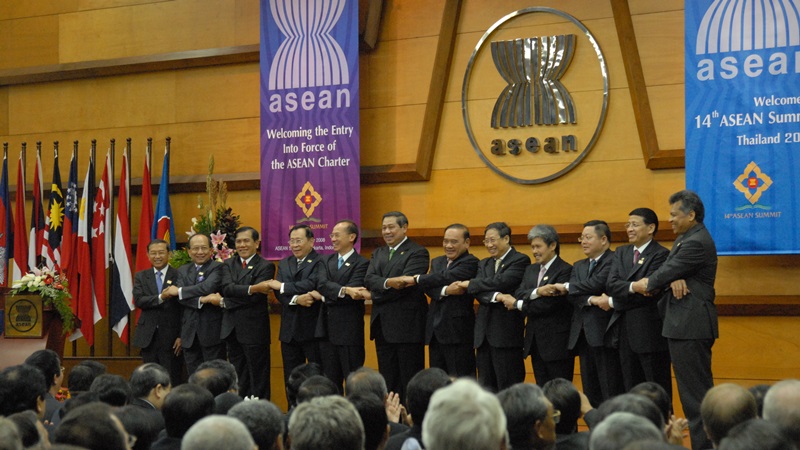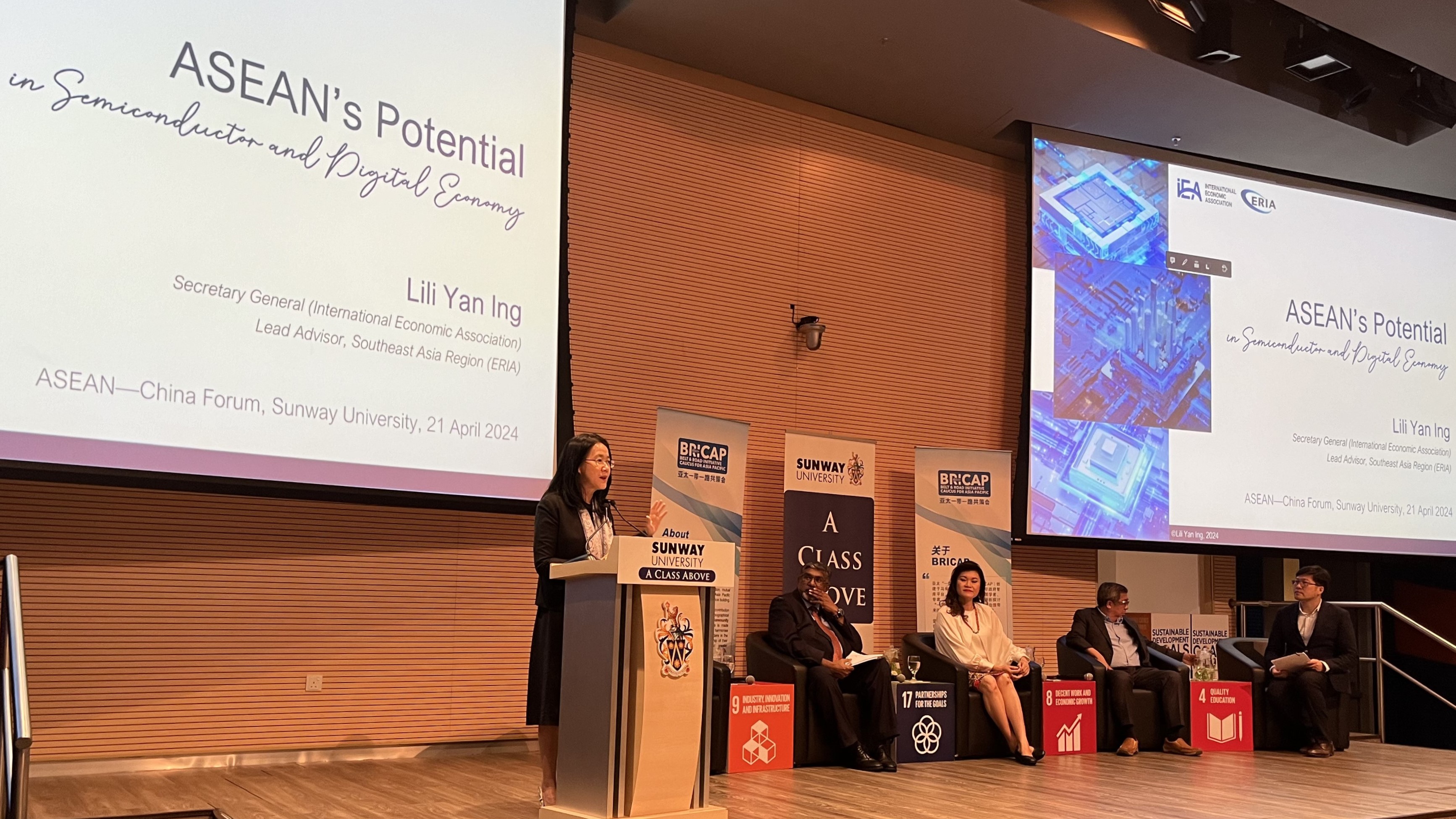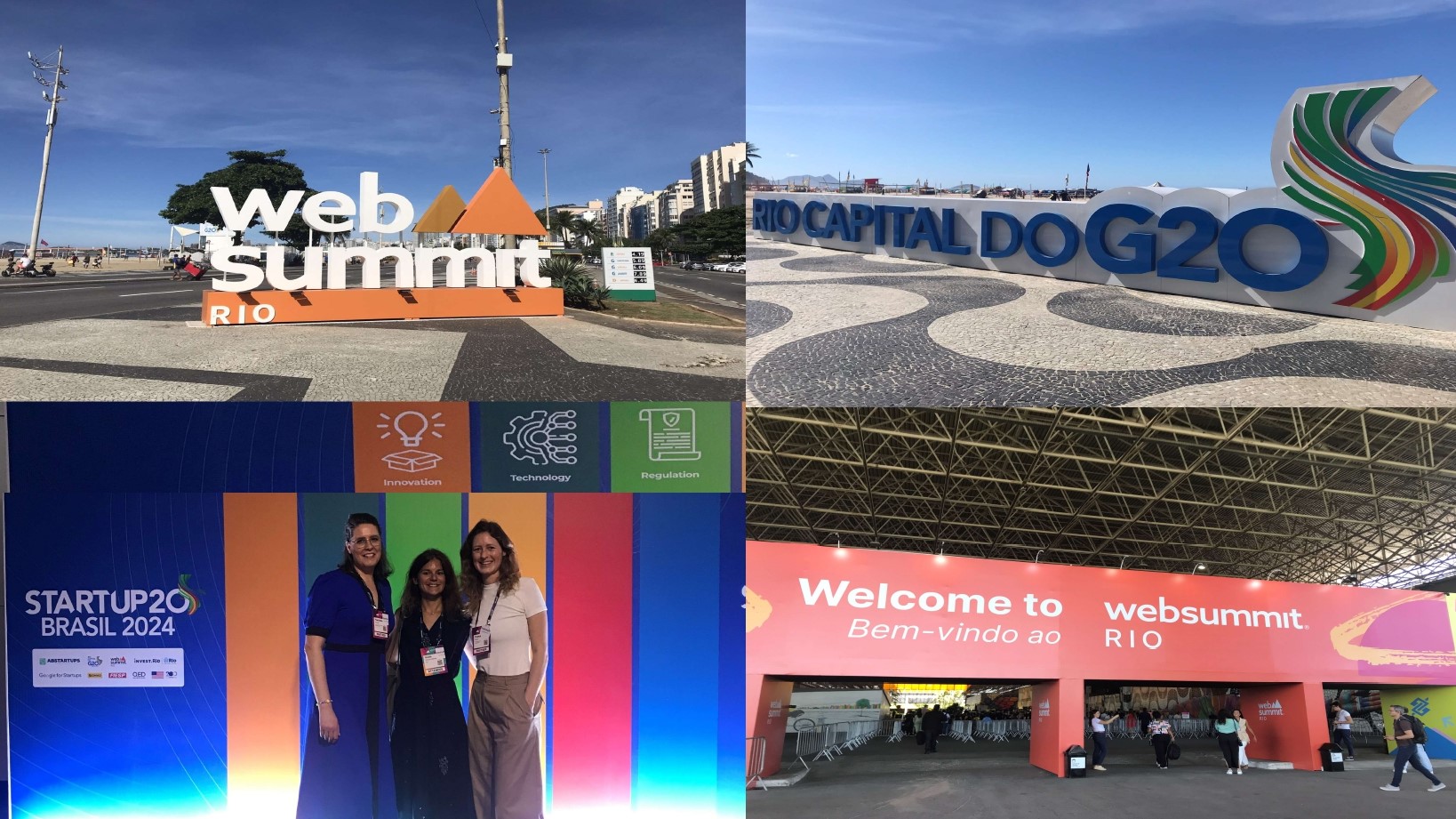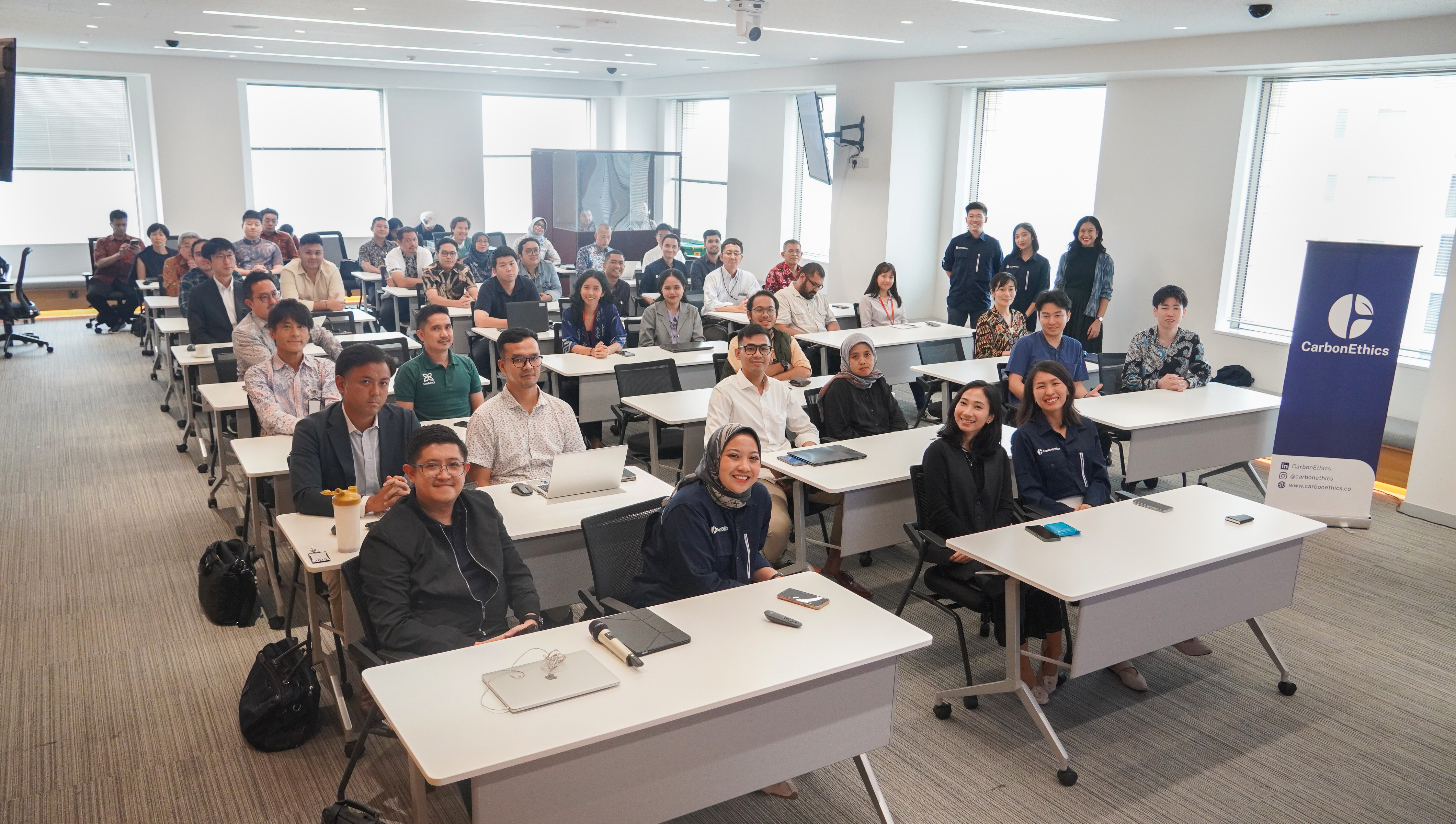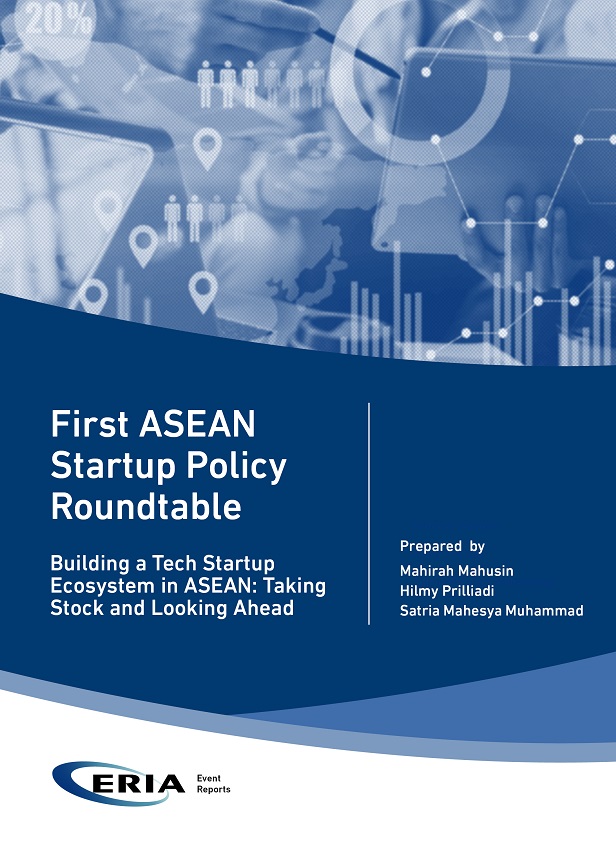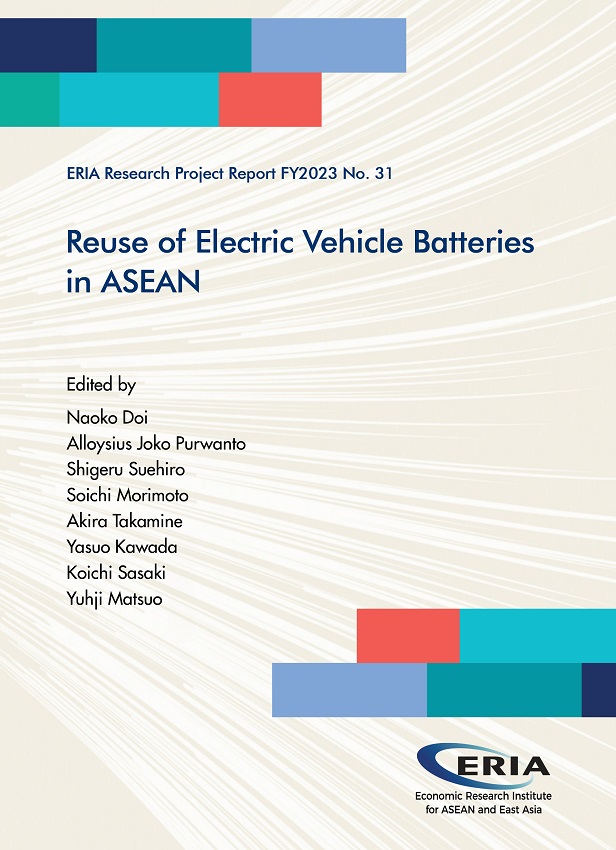Going Back to the Spirit of ASEAN Charter
Share Article:
Print Article:
While the grouping's 'internal' summits are meant to be business-like, the summits with its dialogue partners have been a chance to showcase the host's culture and heritage.
"ASEAN Summit Meetings shall be held twice annually, and be hosted by the Member State holding the Asean Chairmanship." (Article 3 (a) of the Asean Charter)
The ASEAN Charter, launched in 2007, gave the grouping its "legal" identity and set out how the grouping would operate and to what end. Important to this are its two summits of leaders: one internal, and the other involving the eight dialogue partners, namely, Australia, China, India, Japan, South Korea, New Zealand, Russia and the USA.
This week, however, Laos, as Chair of Asean, did something different. It had two Summits consecutively from Sept 6-8!
The leaders of the grouping met in Vientiane for the 28th ASEAN Summit, followed by the 29th ASEAN Summit.
The holding of the two Summits back-to-back made it "easier" for the Chair to manage the logistics for such meetings. However, it does call for a rethink of ASEAN's approach to its annual meetings of leaders.
According to the Charter, ASEAN leaders would meet at least once a year to discuss matters that would deepen regional integration, thus paving the way for a more cohesive ASEAN community.
The second summit with the Dialogue Partners would be to further ASEAN's global reach.
The internal meeting, usually held in the first quarter of the year, was envisaged to be business-like, sans pomp and pageantry, so leaders can dive deeper into matters related to community building.
The second one, in the third quarter, could probably have a little more glitz and glamour as each Chair takes the opportunity to share the richness of their culture and heritage with the world.
However, in implementation, both Summits have been equally colourful, with equal logistical challenges for the ASEAN Chair.
To be fair, the Summits are not all about the form. Each one has had concrete deliverables and with each we have witnessed the further deepening of integration in the region.
For example, last year with Malaysia at the helm, we witnessed at least three important deliverables from the Economic Pillar of the grouping.
The first was the formal announcement that ASEAN had met, substantially, its commitments spelt out in the ASEAN Economic Community (AEC) 2015 Blueprint.
Second, we launched the AEC 2025 Blueprint, which charts the course for the next phase of ASEAN economic integration.
Drawn up in collaboration with the ASEAN business community, the AEC 2025 Blueprint has the following features:
(i) A Highly Integrated and Cohesive Economy; (ii) A Competitive, Innovative, and Dynamic ASEAN; (iii) An ASEAN with Enhanced Connectivity and Deeper Sectoral Cooperation; (iv) A Resilient, Inclusive, People-Oriented, and People-Centred Asean; and (v) A Global ASEAN.
The third deliverable was the ASEAN Strategic Action Plan for SME Development (2016-2025). Included in this Strategic Action Plan are measures for capacity building in ICT adoption, e-Commerce, and standards conformance and compliance; and facilitating inter-firm networks and linkages within ASEAN for economies of scale.
Then of course we announced the establishment of the ASEAN Community.
Under the Chair of Laos this year, the deliverables included:
- The ASEAN Trade Facilitation Framework, to strengthen coordination to make it easier to do business in the region;
- The ASEAN Institutional Framework on Access to Finance for Micro, Small and Medium Enterprises (MSMEs), which is key to the implementation of the Strategic Action Plan for SME Development 2016-2025; and
- The launch of the ASEAN Tariff Finder (http://tariff-finder.Asean.org), a free online-based search tool to help businesses, especially MSMEs, obtain up-to-date information on the preferential tariffs under the ASEAN Trade in Goods Agreement and the Asean+1 Free Trade Agreements.
This also provides information on the rules of origin.
Clearly, these are substantial deliverables, and credit must go to the folks who work tirelessly behind the scenes to ensure that there is no let up in the efforts at economic integration.
Yet, despite these achievements, there is the prevailing sense of impatience at the pace with which ASEAN is moving.
The business community has its share of disappointments as year after year some of their requests and expectations are not met.
These include the call for ASEAN to have a Business Travel Card to facilitate business travel in the region; to free up Customs procedures for cross-border trade for up to US$2000 (as opposed to about US$200 today); streamline Customs clearance in the region; and streamline Customs clearance procedures in the region to facilitate seamless movement of goods across borders.
Expectations run high each time the ASEAN leaders meet.
However, in reality the success of the Summits is judged as much by the delivery of the substance as they are by the form.
Much time, energy and costs have to be allocated to both.
And one fears that often the colour detracts from the substance. It may appear to some that the ASEAN Member States are in competition for the best opening ceremony or gala dinner rather than the measures taken to make the grouping more cohesive and effective!
So perhaps it is time to go back to the spirit of the ASEAN Charter and have, at least, a business-like internal Summit.
Going Back to the Spirit of ASEAN Charter
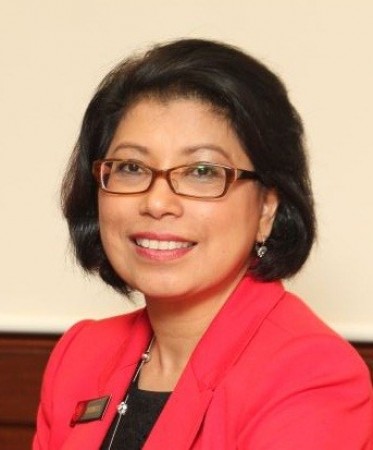 | Rebecca Fatima Sta Maria is Senior Policy Fellow in charge of ERIA's Policy Design Department. She has extensive knowledge of ERIA's work, having served on the Governing Board since 2015. She has had a very distinguished career with the Government of Malaysia spanning 30 years and serving in a range of important capacities. In July 2016, she retired from her last position as the Secretary General of the Ministry of International Trade and Industry where she provided oversight for the formulation and implementation of Malaysia's international trade policies and positions. On the regional front, she played a key role in ASEAN economic Integration and chaired the ASEAN Senior Economic Officials Meeting as well as the ASEAN High Level Task Force for Economic Integration. This post was originally published in The Star and reprinted on ERIA Frames newsletter in September 2016. These opinions are her own and do not necessarily represent ERIA. Click here to subscribe to the monthly newslettePci |
Picture credit: ASEAN Secretariat
